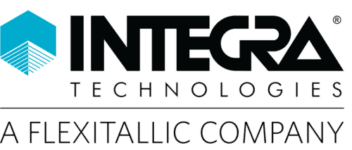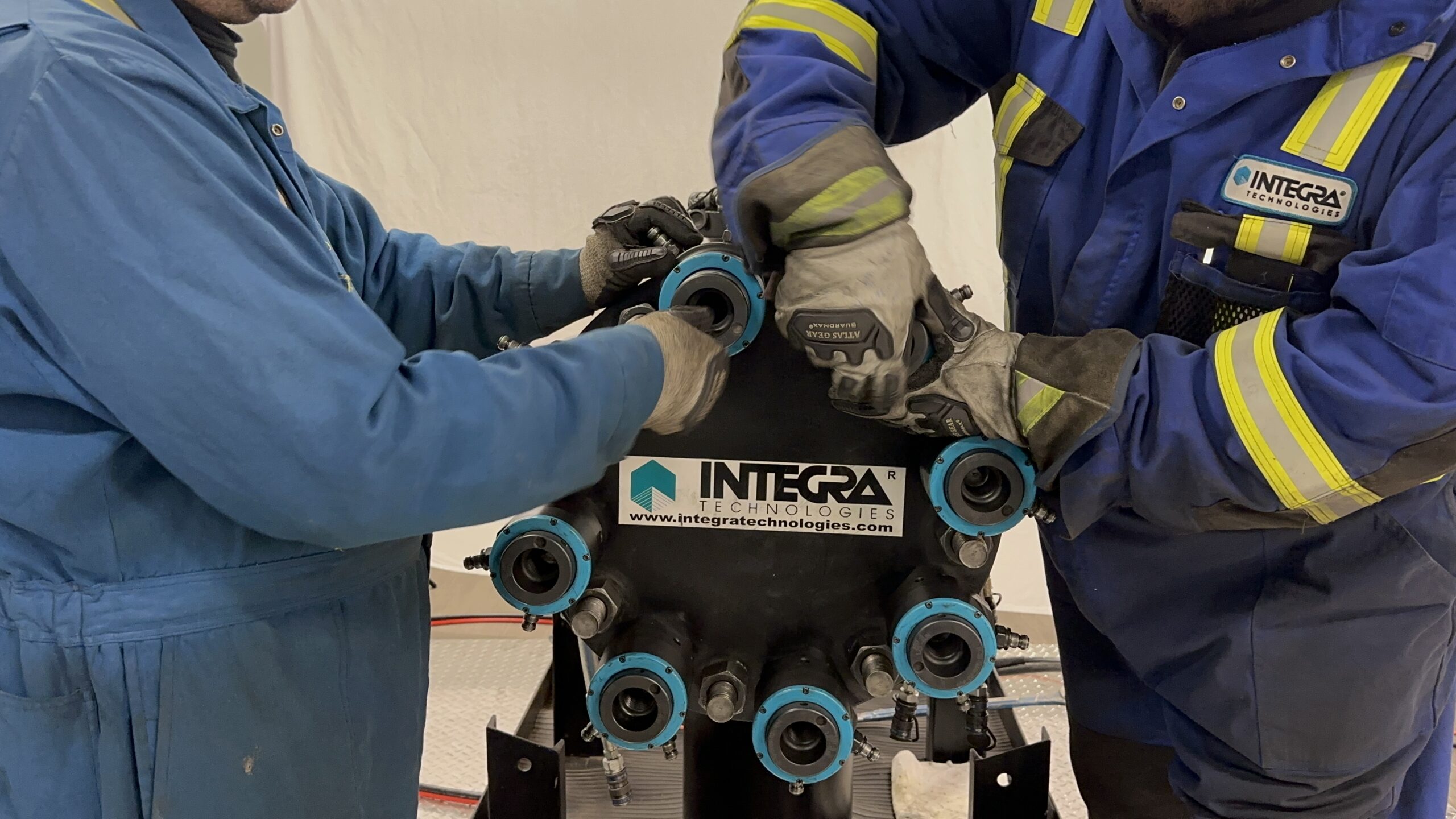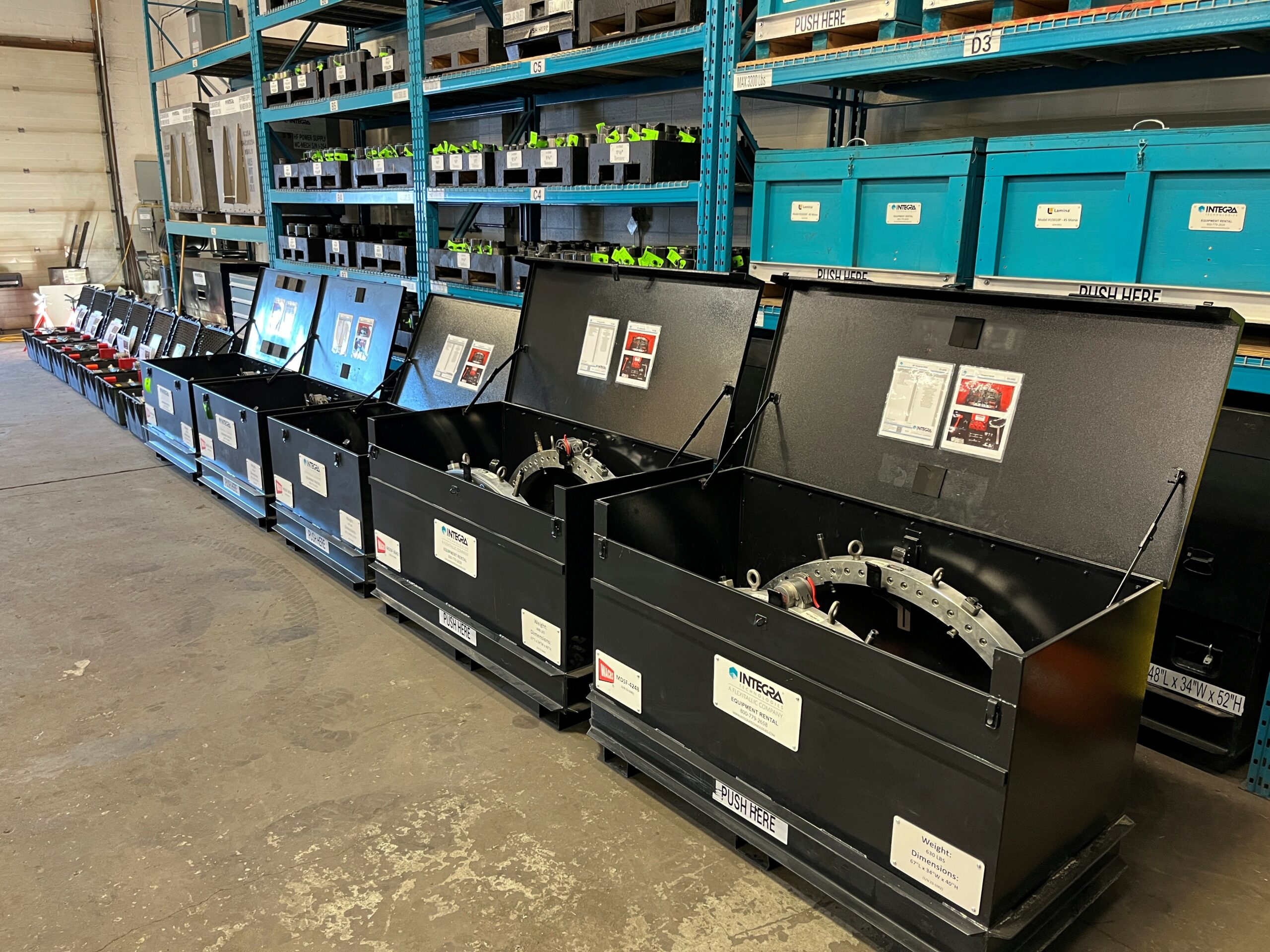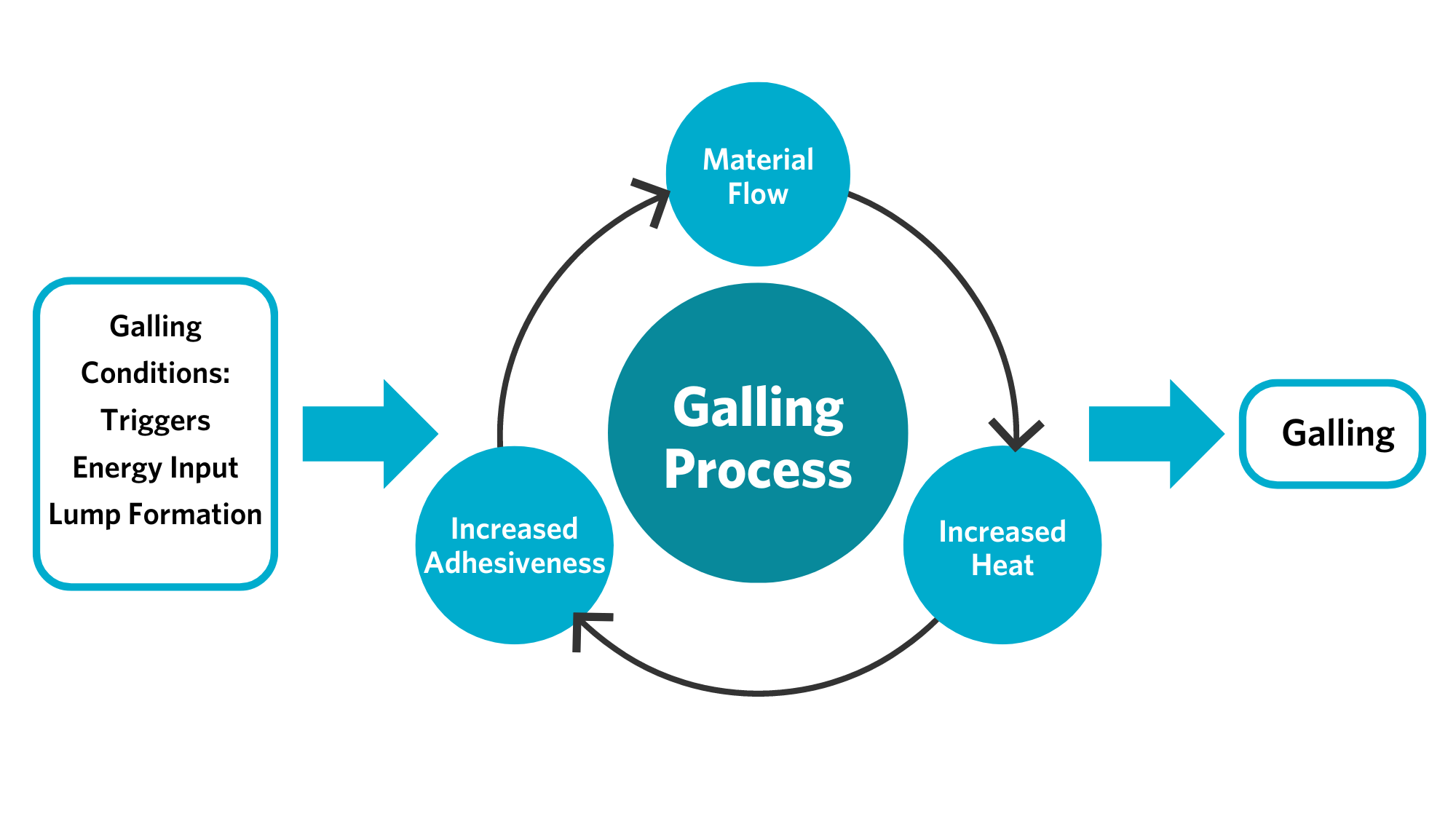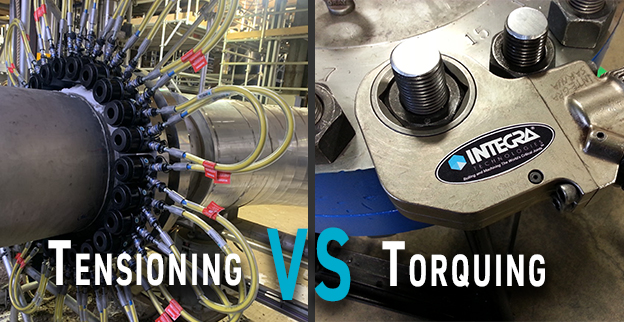
Bolt Torquing to Bolt Tensioning
So you’re considering making the switch from bolt torquing to bolt tensioning. Chances are, you want greater bolt load accuracy to produce leak-free operations. You might also have heard that bolt tensioning is safer, faster, or even less expensive. All of those can be true in the right scenario. Here, we briefly explain the differences between bolt torquing and bolt tensioning, when to use each, and how to get started.
What is the difference between torquing and tensioning, and when should each be used?
To put it succinctly, bolt torquing and bolt tensioning are two different ways to stretch and put load on a stud, and achieving accurate load is necessary to prevent leaks. Torquing generates load by turning a nut on a helical thread, and it is the more common but less accurate method for achieving bolt load. This decrease in accuracy increases the risk of leaks, presenting the biggest pitfall of torquing, but there are more. Torquing cannot prevent galling, which can bring breakouts to a halt, causing project creep and unpredictable labor costs. Furthermore, torquing increases the risk of hand injuries by creating pinch points, reducing worker safety. While there are some scenarios where torquing is preferable to tensioning — such as working with short grip length, thin flanges which might bend under heavy loads, or short stud length on top of the nut where studs cannot be changed due to blind holes — for most other applications, tensioning is the more accurate, faster, and safer method for achieving optimal load. (For scenarios where torquing is necessary, click here to find out how INTEGRA can help).
Bolt tensioning, which is a hands-free bolting method, eliminates the disadvantages of torquing by applying load in a different way. Rather than stretching one stud at a time by turning a nut, you can use multiple tensioners at once to stretch studs simultaneously. Once the stud is elongated through tensioning, the nut is turned down using a tommy bar, locking in the desired bolt load. The tensioner then engages in a controlled release, achieving the desired bolt load without turning anything. This process can be used on alternating studs of a flange to achieve 50% bolt tensioning, or on all studs to achieve 100% bolt tensioning. Because the load applied directly to the stud can be measured, bolt tensioning substantially increases bolt load accuracy.
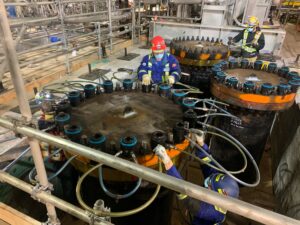
Achieving 50% bolt tensioning, as shown above, significantly reduces crosstalk, increasing accuracy and worker safety. This represents the vast majority of tensioning that INTEGRA provides and yields satisfactory results for most bolted joint needs.
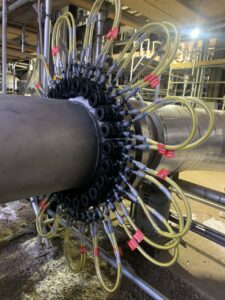
Some bolted joint assemblies require the additional speed and complete crosstalk elimination provided by 100% tensioning. Bolt configuration and size can create challenges in achieving 100% tensioning; however, custom tools, such as the INTEGRA-designed tools pictured above, can be developed to meet unique tensioning needs.
With bolt tensioning, breakout is achieved by resuming the stretch before removing the nut, eliminating the opportunity for galling and getting you to discovery work faster. In short, tensioning is safer, more accurate, and faster, resulting in predictable scheduling for your critical path activities during your next turnaround. Faster shutdowns mean fewer workers on hand, reducing labor costs.
Planning Ahead
Preparing for bolt tensioning begins with identifying which flanges would most benefit from shifting from torquing to tensioning. Tensioning is highly recommended for critical flanges which require bolt-load accuracy and zero-leak outcomes. This identification process is best facilitated by your equipment engineer in coordination with tensioning experts, as they can determine criticality and prerequisites (such as those parameters identified earlier, including but not limited to appropriate grip length, flange thickness, and lack of blind holes).
Once the critical flanges have been identified and vetted for tensioning prerequisites, project management plans must be examined to ensure the right materials are on site when they’re needed. For example, bolt tensioning requires longer studs than torquing because the tensioner needs more room to grip the stud. Making the shift from torquing to tensioning might necessitate changing applicable hardware to ensure the tensioner has adequate room to grip the stud, which requires consideration when ordering hardware prior to the switch.
Equipment plans must also be examined and adjusted as needed. The logistics for bolt tensioning can be different depending on the location of the flange. While many of the tools used for torquing and tensioning are the same, such as cranes and gang boxes, preparations might be necessary when planning breakouts to allocate the use of such tools.
Finally, labor plans must be considered and necessary training procured. On-site personnel should familiarize themselves with the bolt tensioning process, appropriate uses, and necessary preparation measures. Working with a tensioning specialist can facilitate this process, helping your team optimize performance.
INTEGRA Can Help
If bolt tensioning is the right option for your critical flanges, INTEGRA can help you navigate the processes of planning, installation, and training. Our range of service and rental options allows you to choose the best combination to meet your needs, from full service to supervision and equipment rental to training of your key personnel.
Whichever option you choose, our experts can help you determine which critical flanges should be tensioned and which less critical flanges can be torqued. They can help determine prerequisites for bolt tensioning, and they can assist with project management plans, equipment plans, and labor plans. When INTEGRA is involved early in the planning process, we can help reduce equipment rental costs by making sure you have the right equipment for the right application at the right time. Finally, as providers of the ASME Bolting Specialist Qualification Program and with decades of our own bolting experience, we can help your team develop the bolt tensioning knowledge they need to incorporate tensioning into your standard operating procedures. Find out how.
